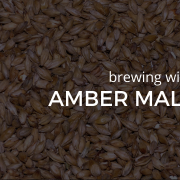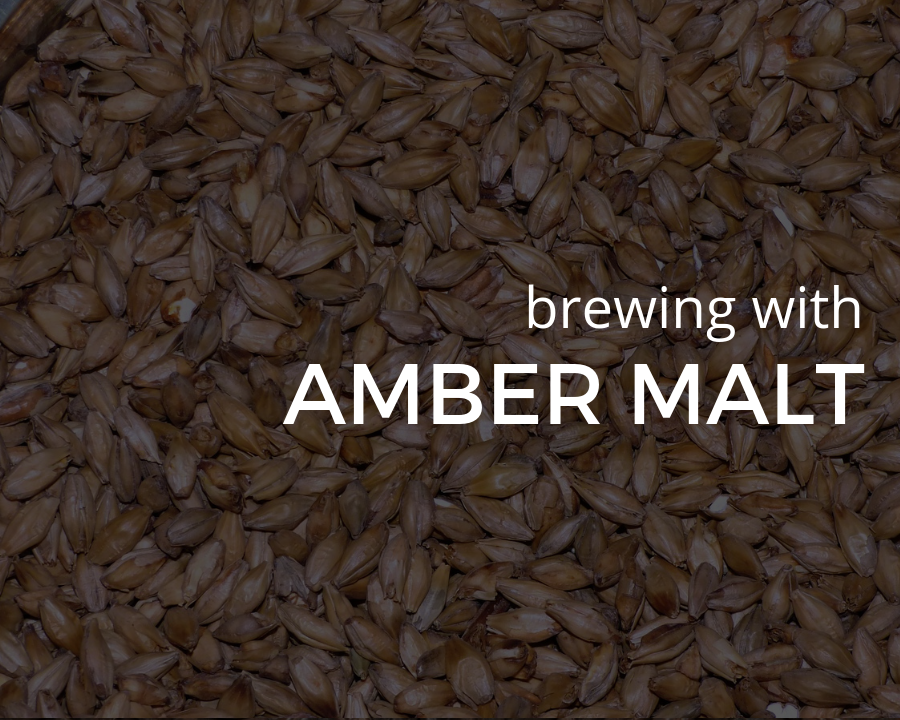Brewing With Amber Malt
Amber malt is one of the most versatile toasted malts around for brewers. The range of beers that amber malt can find itself in is wide in part due to its colour and the biscuity, toasted flavours it imparts. It can find itself in the darkest of beers, right through to amber beers and even lagers.
Table of Contents
Amber Malt: Amber Colour
When you see the copper coloured hue of amber malt it is easy to see how it gets its name. Amber malt starts out the same as regular pale malt but after germinating, drying and kilning it undergoes an additional step of high temperature heating to toast the barley further.
This toasting step gives amber malt a amber, copper colour and imparts additional flavour as a direct result of this toasting phase.
History Of Amber Malt
Modern versions of amber malts are not the same as they were in the past. If you are a fan of brewing historical recipes then you may find amber malt as a good substitute but not exactly how it would of been all those years ago.
Originally amber malt would have had many of the qualities of a base malt with plenty of enzymes and diastatic power, modern versions do not. It was also common to toast amber malt over open fires which would of imparted a subtle smokiness.
It is of course not very practical to produce amber malt in this way anymore but it is good to have an amber malt available when it could of nearly disappeared altogether if it wasn’t for craft brewers wanting to make use of historical recipes and ingredients.
Amber Malt Flavour
The toasting of amber malt gives the barley a biscuity, dry cracker like flavour which makes it a versatile malt for a variety of beers.
Probably the most common usage is in darker beers like stouts and porters alongside other darker roasted malts like roasted barley, chocolate malt and black malt. The flavour profile alongside these darker malts are a good match.
Used in smaller quantities amber malt can also work well in lighter beers to add a nice toastiness. Beers like English pale ales and even some lager make use of amber malt for the savoury, toasted character it adds
Amber Malt Enzymes & Diastatic Power
The highly kilned, toasting phase of making amber malt means there is little enzymes or diastatic power left in amber malt. There is still a lot of potential extract available as it is only toasted rather than completely roasted.
Mashed alongside other base malts is best way to use amber malt, steeping amber malt as part of malt extract beer will introduce too much starch so all grain or partial mash is the way to utilise this malt.
Variability Between Maltsters
You need to take note that depending on which maltster produced the amber malt you are using there is quite a lot of variability.
Check the colour and the maltsters specifications for an idea of the strength and final colour of your amber malt because this could make quite a difference in the final beer.
Amount of Amber Malt to Use
Typically, you will find that the use of Amber malt will top out at around 5% of the grain bill. The flavour of amber malt is quite unique and can overpower a beer if used in too high of an amount.
Typical Usage
I would suggest amounts in the range of 2 – 5% but some maltsters suggest more than this and upto 10%.




Leave a Reply
Want to join the discussion?Feel free to contribute!